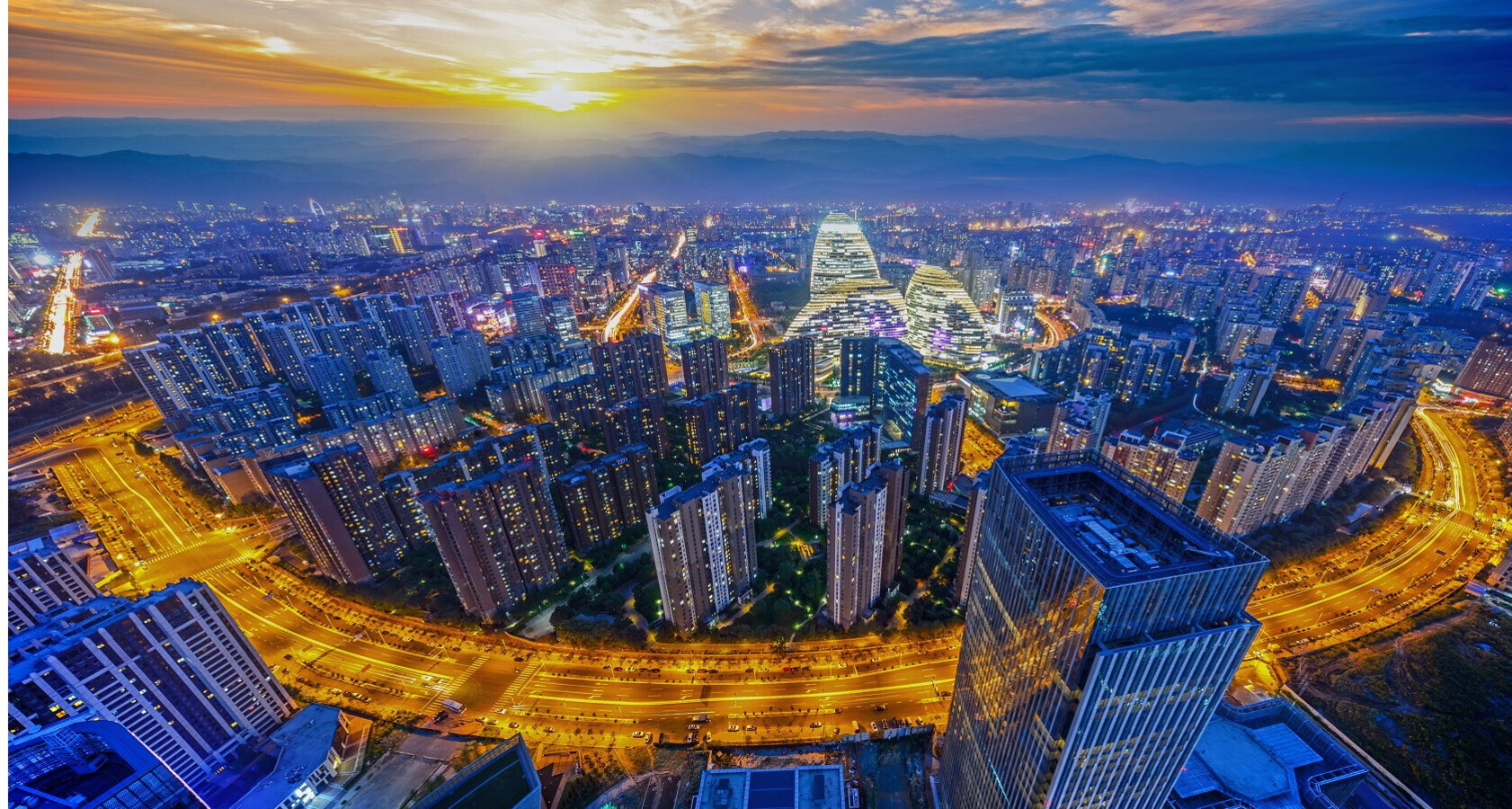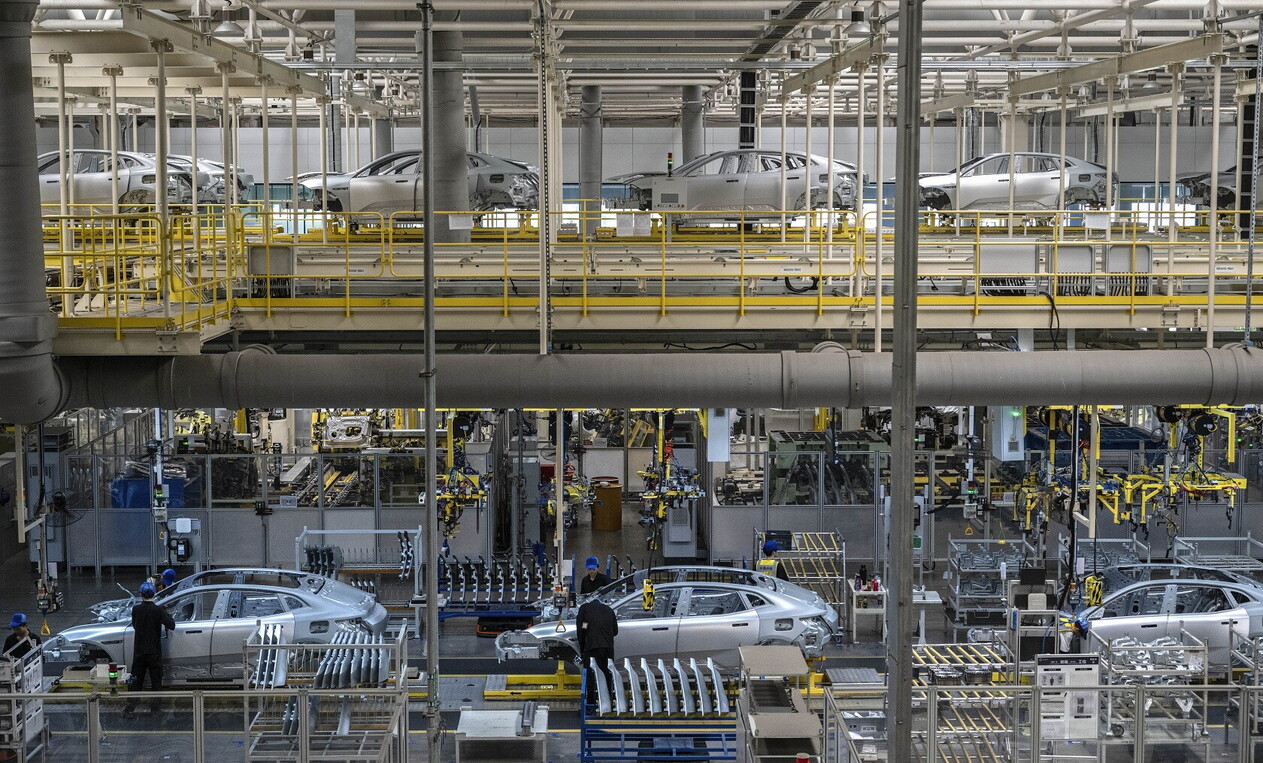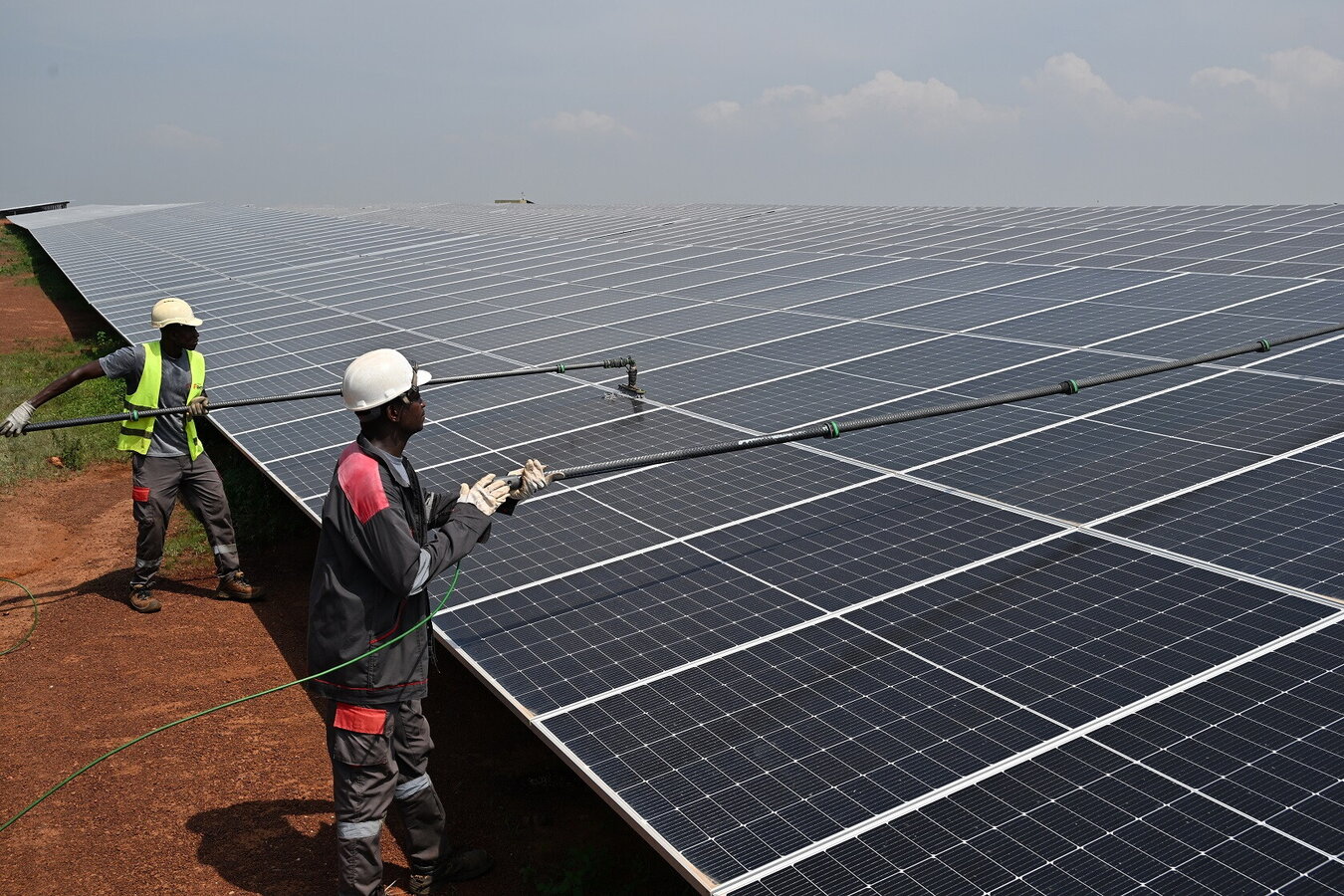
China
An electric superpower
A global leader in both coal and renewables, China is also gaining a dominant position in power grids. With world-unique UHV networks and massive manufacturing capacity, Beijing aims to reshape traditional energy interconnections
10 minChina ranks first globally in many energy markets: it is the world’s largest crude oil importer, the top coal producer and buyer, and the largest deployer of renewables. Less well known is China’s global leadership in ultra-high voltage grids and associated equipment. As it strengthens its position as an “electro-power,” it is poised to play a dominant role in modern grid systems.
As the world’s largest crude importer and a growing buyer of liquefied natural gas (LNG), China is highly exposed to geopolitical shocks, supply security concerns, and price volatility. Decision-makers have long worried about instability in producer countries, threats to sea lanes and chokepoints, and the effects of sanctions on trade flows and pricing. In response, the government has pursued supply diversification, expanded the role of national oil and gas champions across the value chain —from upstream to shipping and trading— and increased stockpiling. It has also promoted transport electrification to reduce reliance on imported oil.
A decade-long push to develop and promote electric vehicles has made China the global leader in EV sales. While it remains the world’s largest oil importer, crude purchases in 2024 fell below 2023 levels. Electrification and fuel switching in transport have already led to peak gasoline and diesel demand, suggesting crude imports are unlikely to grow much further. Concerns over import security persist, but their nature is shifting: reducing fossil fuel imports and expanding renewables are now seen as both climate and security priorities.
China’s leadership in renewable deployment is becoming a central pillar of its evolving energy security strategy. In 2024, it added 80 GW of new wind capacity —equivalent to Germany’s total— and 275 GW of solar, surpassing all of North America’s installed solar capacity. Similar additions are expected in 2025. As of early 2025, China’s installed wind and solar capacity exceeded its thermal generation capacity. While coal still provides about two-thirds of total power generation, new electricity demand is now primarily being met by renewables.
One key reason behind China’s rapid deployment of wind and solar is its dominant position in manufacturing. China produces an estimated 75–80 percent of the world’s solar wafers, cells, and modules, and holds similar market shares in lithium-ion battery cell production. Notably, China’s clean-tech manufacturing capacity may already be sufficient to meet the IEA’s projected global needs under its Net Zero Emissions Scenario for 2030. At the same time, rapid supply growth has driven costs down by 80–90 percent compared to 2010 levels.

The challenges of electrification
The availability and low cost of these technologies, combined with supportive policies, have enabled rapid electrification in China. According to the IEA, electricity accounted for 28 percent of China’s final energy consumption in 2024, compared to 22 percent in the United States and 21 percent in the European Union. China’s National Energy Administration expects this share to exceed 30 percent in 2025.
China’s electrification drive is motivated by multiple factors, including its “dual carbon” targets —to peak emissions before 2030 and achieve carbon neutrality by 2060— as well as the goal of enhancing energy security. While coal’s continued dominance in the power mix complicates the emissions target, electrification is already curbing oil consumption.
Renewable deployment and rising electrification are creating new challenges. While most of China’s power demand is concentrated in the eastern provinces, renewable generation is largely located in the inland west. To address this imbalance, China has invested in expanding and upgrading its grid infrastructure, particularly through ultra-high-voltage (UHV) transmission lines, which allow electricity to travel long distances with minimal losses. Planning began as early as 2006, and China has since completed nearly 40 UHV projects —more than any other country. The national grid now spans over 1.6 million km of transmission lines (across all voltage levels), with a growing share of UHV. By contrast, the EU has no UHV network, and the U.S. grid, with approximately 965,000 km of high-voltage lines, operates at lower voltages and is less integrated for long-distance, high-capacity transmission.
In theory, China’s UHV grid allows it to integrate renewables more easily and rapidly, helping to displace coal and improve reliability and resilience against local disruptions. In practice, however, UHV construction alone has not been enough to drive rapid coal displacement. Institutional and political barriers —particularly coal’s entrenched role in local economies and grid operations— continue to slow the phaseout. Renewable integration also faces technical and regulatory hurdles, though China is testing both market-based mechanisms and engineering solutions to reduce curtailment.
Alongside grid expansion, distributed solar PV has become a major component of China’s renewable rollout, especially in coastal and eastern provinces
National programmes have promoted rooftop solar in rural counties, while major cities support installations on residential, commercial, and public buildings through incentives and utility partnerships. By the end of 2022, China had 157 GW of distributed PV —more than double the U.S. total— and this segment accounted for over half of new solar additions. Leading Chinese manufacturers are also developing microgrids for domestic use and export, with applications in rural electrification, island systems, hybrid utility-scale projects, and cross-border renewable corridors, particularly in Africa, Southeast Asia, and the Middle East.
Global Energy Interconnection
The emergence of private firms capable of exporting low-cost solar-plus-storage solutions may complicate efforts to build large-scale cross-border grid infrastructure. Internationally, China’s UHV technology and expertise are central to its Global Energy Interconnection (GEI) initiative, endorsed by President Xi Jinping in 2015, which aims to extend China’s clean energy and technology influence abroad. GEI envisions linking remote renewable resources to major consumption centers via continent-spanning UHV lines and smart grid technologies. For example, evening peak demand in eastern China could be met by midday solar output from Central Asia. The initiative is led by GEIDCO, a non-profit backed by State Grid, China’s largest grid company. Its goals include constructing a global “super grid” and developing the governance structures necessary to enable global energy interconnection by 2070.
On paper, the proposal offers clear benefits. In practice, grid construction and cross-border integration are expensive and operationally complex. However, given China’s leadership in UHV transmission and related innovation and standard-setting, integrating the GEI with the Belt and Road Initiative could allow Chinese firms to expand global market share and export domestic UHV technologies. This may create long-term path dependencies, positioning China as the default provider for GEI and other large-scale grid projects.
Even if the GEI falters or sees only limited uptake, Chinese firms are increasingly positioned to deliver full-package energy solutions —combining generation technologies (coal, hydro, renewables) with UHV systems and a growing share of grid integration equipment, such as transformers and inverters. China now accounts for roughly half of global inverter shipments and leads in transformer production. For recipient countries, this creates a compelling but dependency-inducing offer, increasing their exposure to Beijing’s political preferences. Additional concerns mirror longstanding criticisms of the Belt and Road Initiative: that GEI projects could drive up debt, enable corruption, harm ecosystems, and extend China’s law enforcement reach and strategic footprint along transmission corridors. There are additional concerns that China could use the GEI for espionage, sabotage or coercion.
The extent to which the Chinese government would use a project like GEI for espionage, sabotage, or economic coercion remains uncertain. The barriers to implementing the GEI vision are substantial. Yet even without full realization, Chinese firms are well positioned to shape the infrastructure of emerging energy systems and set the standards and norms governing both centralized and distributed grids. The upside: Chinese technology and expertise can help accelerate the energy transition in many countries. The downside: China will increasingly define the terms of those new connections.

